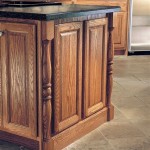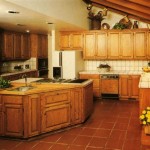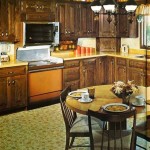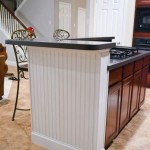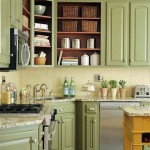Milk Paint Kitchen Cabinets Reviews: A Comprehensive Guide to Help You Make an Informed Decision
Milk paint is a natural and environmentally friendly alternative to traditional latex or oil-based paints. It gives your kitchen cabinets a unique, distressed look that can add character and charm to your home. However, before you decide to paint your cabinets with milk paint, it's essential to conduct thorough research and weigh the pros and cons based on real-world experiences. This article provides a comprehensive overview of milk paint kitchen cabinets, including their advantages, potential drawbacks, and essential considerations to keep in mind.
Advantages of Milk Paint Kitchen Cabinets
- Eco-Friendly and Non-Toxic: Milk paint is made with natural ingredients such as milk protein, lime, and pigments. It is free of harmful chemicals, making it an ideal choice for those concerned about indoor air quality and environmental sustainability.
- Durable and Long-Lasting: When applied correctly, milk paint can provide a durable finish that lasts for many years. It has excellent adhesion and can withstand wear and tear, making it suitable for high-traffic areas like kitchens.
- Unique and Timeless Aesthetic: Milk paint creates a unique, distressed look that gives your cabinets a vintage and charming character. It adds a touch of rusticity and warmth to any kitchen.
- Easy to Apply: Milk paint is relatively easy to apply, even for beginners. It can be brushed, rolled, or sprayed, depending on your preference.
Potential Drawbacks of Milk Paint Kitchen Cabinets
- Requires More Coats: Milk paint typically requires multiple coats to achieve a uniform finish. This can be time-consuming and requires patience.
- Not Water-Resistant: Milk paint is not waterproof and can be damaged by moisture or spills. It should be sealed with a compatible topcoat to protect it from water damage.
- Requires Proper Preparation: The surface of your cabinets must be properly prepared before applying milk paint. This includes cleaning, sanding, and priming to ensure a strong bond and a smooth finish.
- Limited Color Selection: Milk paint has a more limited color palette compared to traditional paints. The colors tend to be more muted and earthy.
Essential Considerations for Milk Paint Kitchen Cabinets
- Type of Milk Paint: There are various types of milk paint available, including casein-based, latex-based, and acrylic-based. Each type has its own unique properties and application requirements.
- Skill Level: While milk paint can be applied by beginners, it requires some basic painting skills to achieve a professional-looking finish.
- Ventilation: Some milk paint products can release fumes during application, so it's important to ensure adequate ventilation in your workspace.
- Maintenance: Milk paint cabinets require regular cleaning and maintenance to maintain their appearance. Avoid using abrasive cleaners or harsh chemicals.
Conclusion
Milk paint kitchen cabinets offer a unique and eco-friendly alternative to traditional paint finishes. They provide a timeless aesthetic, durability, and ease of application. However, it's important to be aware of the potential drawbacks and consider the essential factors before making a decision. By weighing the advantages, disadvantages, and considerations outlined in this article, you can make an informed choice that best meets your needs and preferences.

An Honest Review Of My Milk Paint Kitchen Cabinets One Year Later

A Completely Unbiased Review Of General Finishes Milk Paint Mama And More

A Review Of My Milk Paint Cabinets 6 Month Follow Up

An Honest Review Of My Milk Paint Kitchen Cabinets One Year Later

An Honest Review Of My Milk Paint Kitchen Cabinets One Year Later

A Completely Unbiased Review Of General Finishes Milk Paint Mama And More

A Completely Unbiased Review Of General Finishes Milk Paint Mama And More

Review Of Rustoleum Milk Paint Beauty For Ashes

Milk Paint Kitchen Cabinets General Finishes

Diy Painting Our Kitchen Cabinets With White Milk Paint Catz In The

